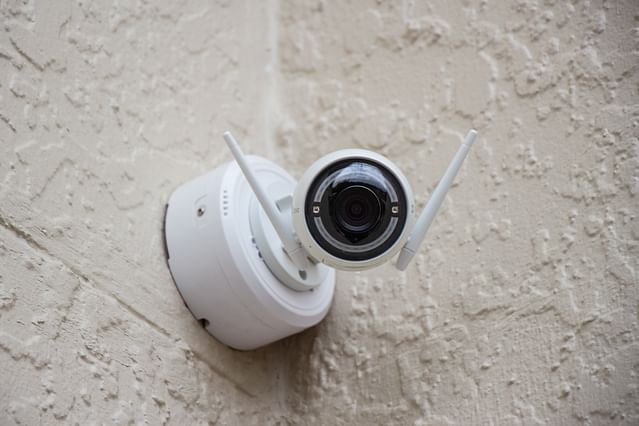
Enhancing Home Security with Smart Sensors: A DIY Guide to Motion Sensors, Contact Sensors, and More
Smart home technology has come a long way in recent years, and one of the most popular applications is home security. With the help of smart sensors, you can keep your home and loved ones safe, even when you're not there. In this DIY guide, we'll explore various types of smart sensors you can integrate into your home automation setup to enhance your home security, trigger automated actions, and receive real-time alerts for peace of mind.
Types of Smart Sensors for Home Security
There are several types of smart sensors available on the market that you can use to enhance your home security. Here are some of the most common ones:
- Motion Sensors
Motion sensors are ideal for detecting movement around your home. They use infrared technology to sense changes in temperature caused by movement, and can immediately trigger an alarm or send a notification to your phone or other connected devices. You can place these sensors in hallways, entryways, and other high-traffic areas to keep an eye on any unwelcome visitors entering your home.
- Contact Sensors
Contact sensors are designed to detect when a door or window is opened or closed. They work by using a magnetic field, with one part of the sensor on the door or window, and the other part on the frame. Whenever the door or window is opened or closed, the magnetic field is disrupted, and the sensor sends a signal to your smart home hub or security system.
- Door/Window Sensors
If you want to keep an extra layer of security on your doors and windows, door/window sensors are a great choice. These sensors are similar to contact sensors but come with an adhesive backing so you can easily attach them to the window frame or door. They also have a longer range of detection, usually up to several inches, so you can detect when someone is trying to break in through force.
- Glass Break Sensors
Glass break sensors sense when a window is broken or shattered, emitting an alarm or sending an alert as soon as it happens. These types of sensors work by detecting the sound and waveform produced by the breaking glass. They're an excellent addition to your home security setup, particularly if you live in a high-crime area.
- Water Leak Sensors
Water leak sensors help prevent significant water damage to your home by detecting leaks before they become a more significant problem. These sensors are particularly useful for those who live in areas that experience heavy rainfall or have a history of pipe leaks.
Integrating Smart Sensors with Your Home Automation Setup
Once you've chosen the type of sensor you want to use, the next step is to integrate it with your home automation setup. Most smart sensors are compatible with popular platforms like Amazon Alexa, Google Assistant, or Apple HomeKit. You'll need to set up an account with the manufacturer and download their app to connect the sensor to your automation hub.
Once you've connected your sensor, you can program it to trigger an action based on certain events. For example, if your motion sensor detects movement, you can set it up to turn on the lights in the house, switch on an audio alarm, or notify your phone via text message or app notification. You can also integrate the sensors with other smart devices in your home, such as smart locks or smart thermostats.
Tips for Optimizing Your Smart Sensors
To get the most out of your home automation setup, there are some best practices to keep in mind.
Choose the Right Location for Your Sensors: To get the best performance from your sensors, you need to place them in the right location. For instance, motion sensors should be placed at a height of seven to eight feet above the ground and angled downwards for maximum coverage. Contact sensors work best on doors and windows' frames, where they can detect even the slightest change in magnetic fields.
Test Your Sensors Regularly: Smart sensors are an essential part of your home security system, so it's essential to test them regularly to ensure they're working correctly. You can do this by tripping the sensor manually and confirming that it triggers the expected response.
Keep Your Sensors Clean: Dust, grime, and other debris can interfere with sensors' ability to function correctly. Regularly dust and clean your sensors to keep them in good condition.
Use the Right Batteries: Most smart sensors are battery-operated, so it's essential to use the right type of batteries recommended by the manufacturer. You don't want your sensors to stop working because they have dead batteries.
Final Thoughts
Smart sensors are an affordable and effective way to enhance your home security and provide you with peace of mind. With the right sensors in place and a well-designed home automation setup, you can be sure that your home and possessions are secure, even when you're not there. Remember to choose the right sensors, place them in the right location, and test them regularly to ensure they're always working correctly.
Posted on: Jan 22, 2023 Last updated at: Apr 10, 2023